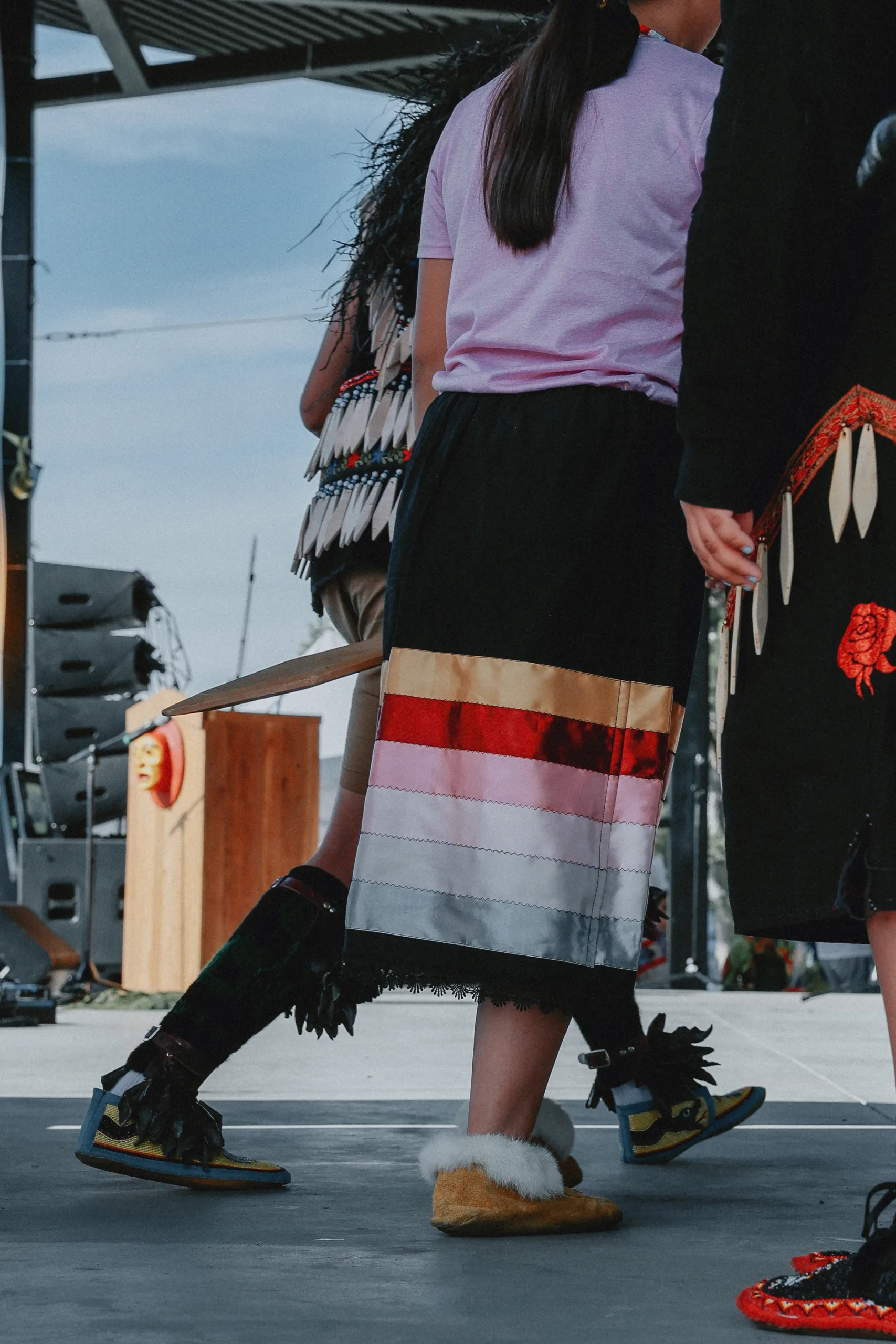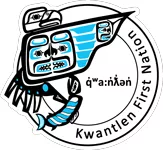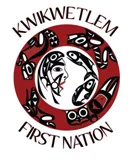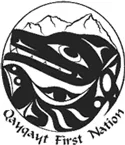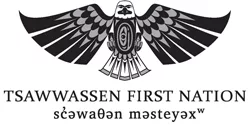In 2023, the Surrey Urban Indigenous Leadership Committee (SUILC) and the City of Surrey worked together to better understand where Indigenous people live in Surrey and how close they are to everyday services like schools, parks, and grocery stores. This research used 2021 Census data and supports the City’s work on making neighbourhoods more livable, where people can reach key amenities within a 15-minute walk.
The City gave each area a score based on how many types of amenities could be reached within a 15-minute walk. These scores were then compared with Indigenous population data at different levels: neighbourhoods, census tracts, and dissemination areas — a small stable geographic unit.
The findings show no clear pattern linking where Indigenous people live to how many amenities are nearby. Some neighbourhoods, like Cloverdale and Fleetwood, have better access, while others, like Whalley and South Surrey, have fewer nearby amenities. For example, Cloverdale has both the highest average access and the highest percentage of Indigenous residents, while Whalley has the largest Indigenous population overall but below-average access.
While the study provides helpful insights, it has some limits. It doesn’t include information about what types of amenities Indigenous people in Surrey actually want or need, and small population numbers may be slightly off due to how the Census data is reported. Still, the report offers a useful starting point for improving access to services for Indigenous residents and guiding future conversations with SUILC and the community.
Download PDF
